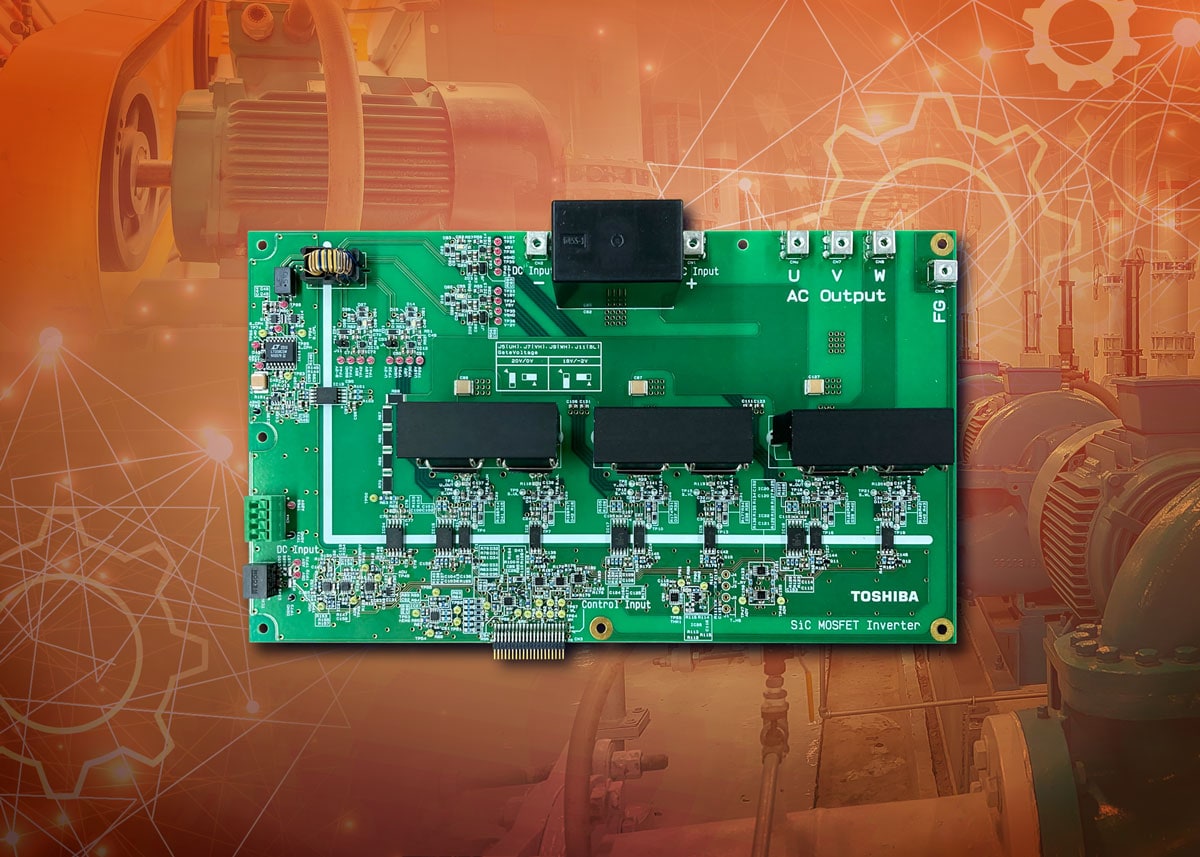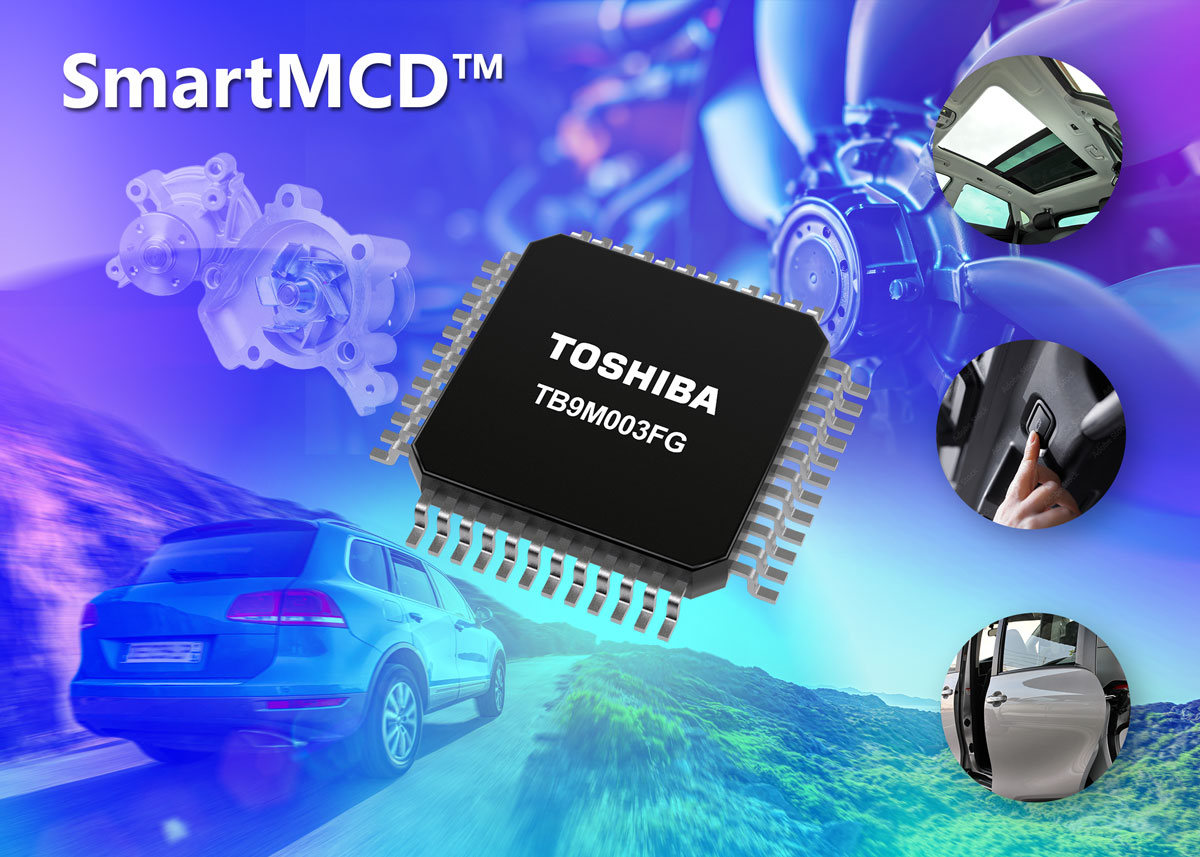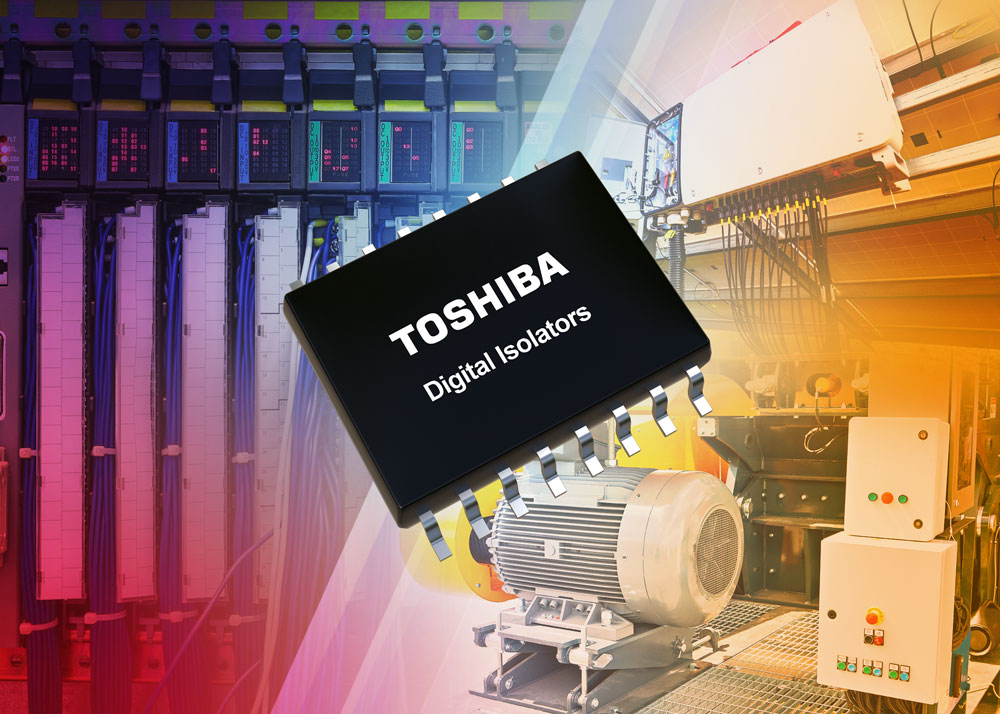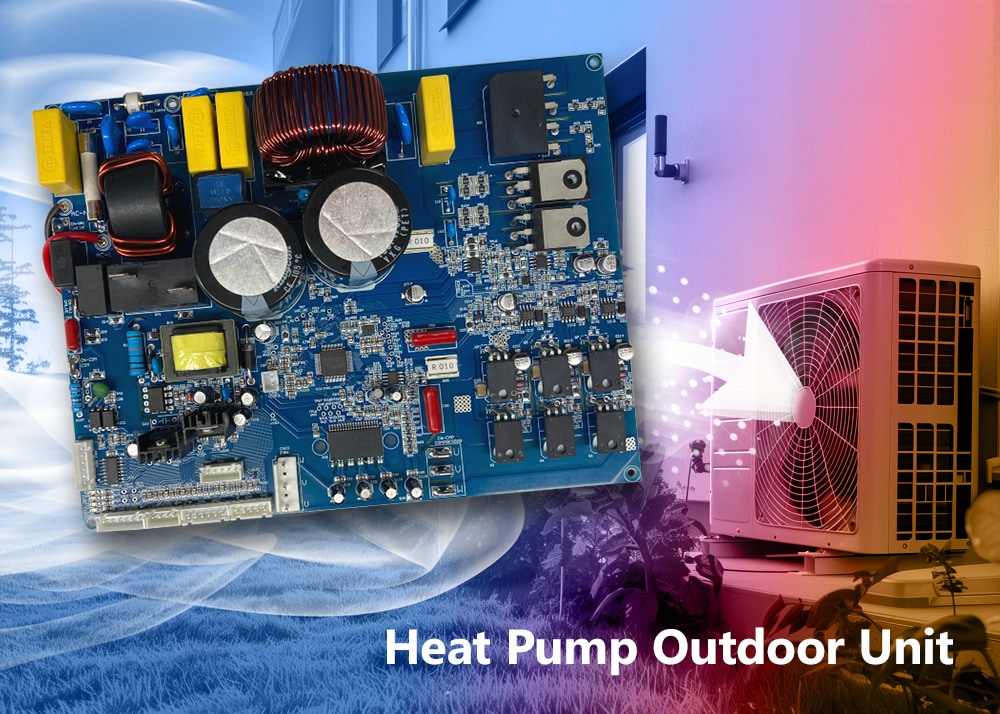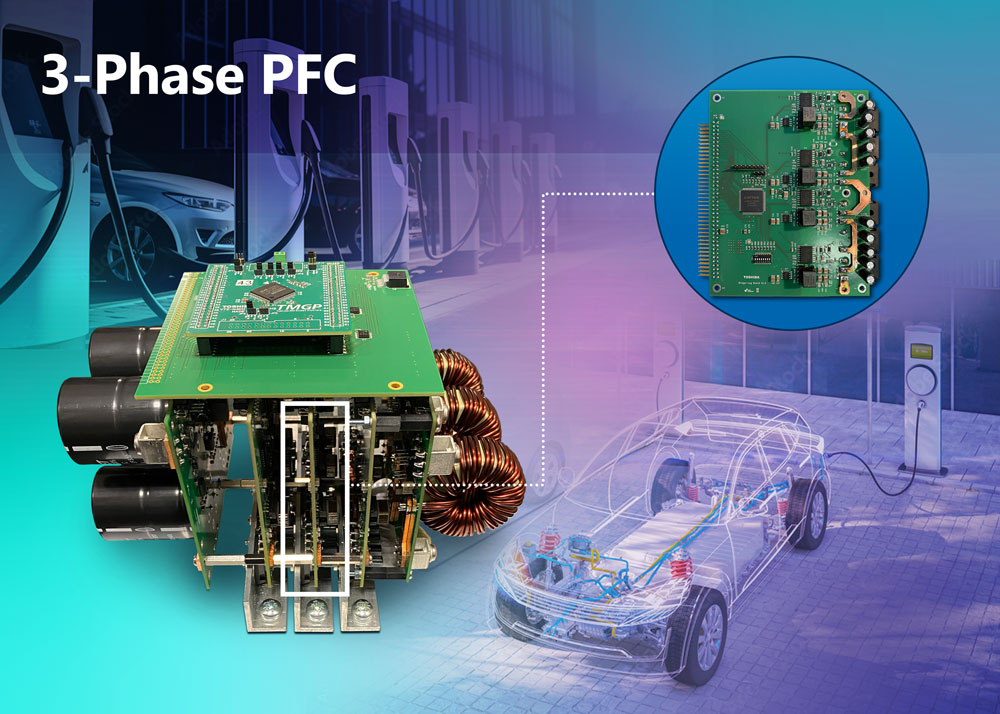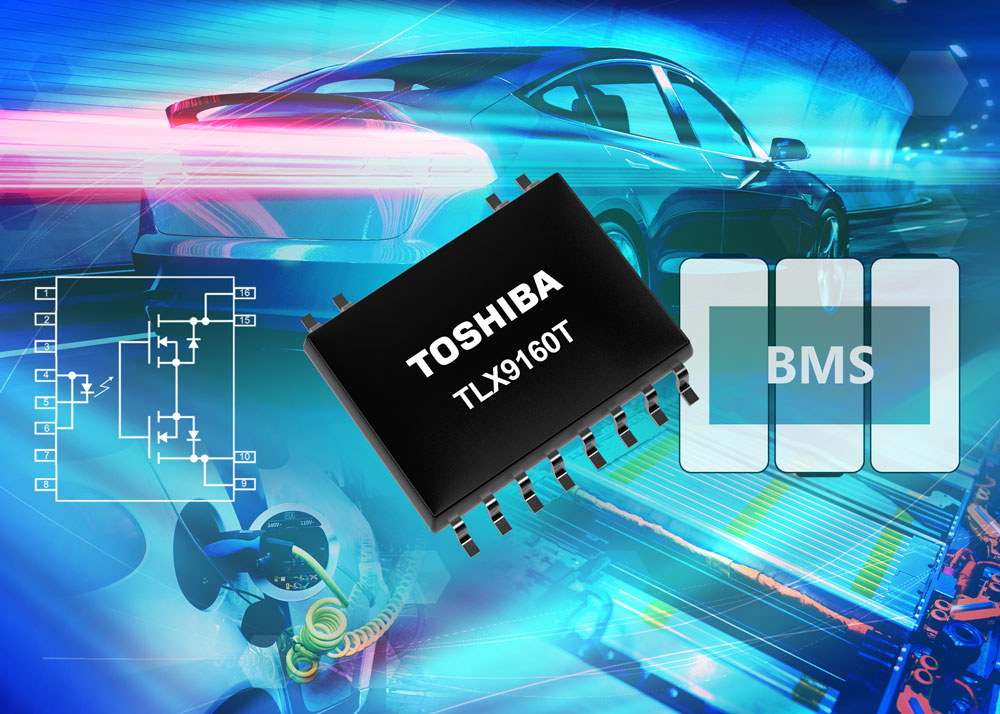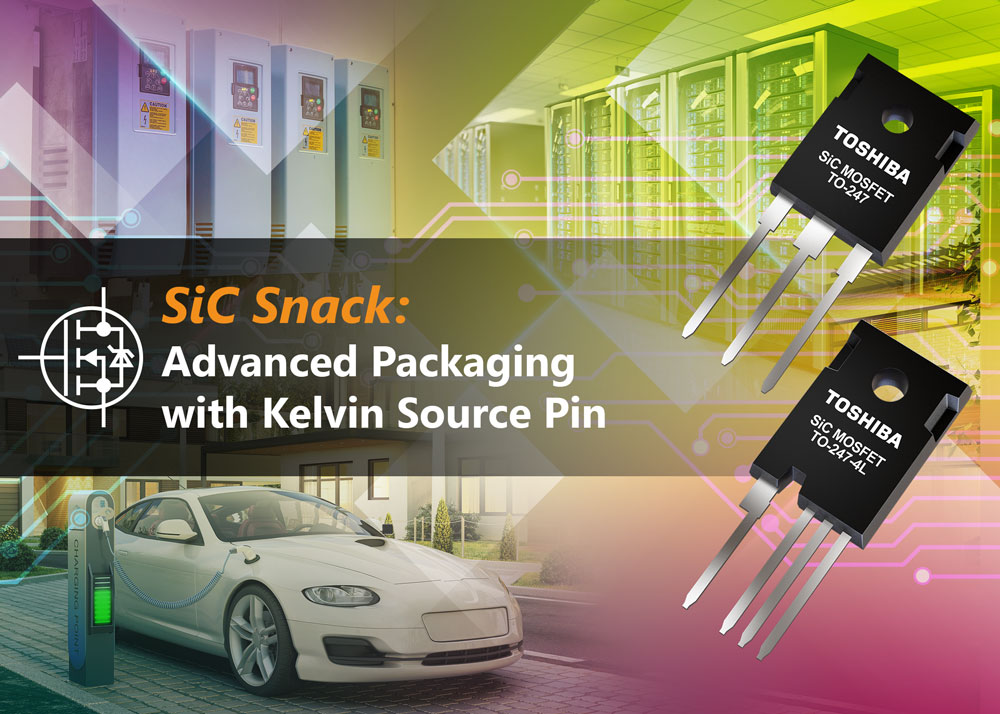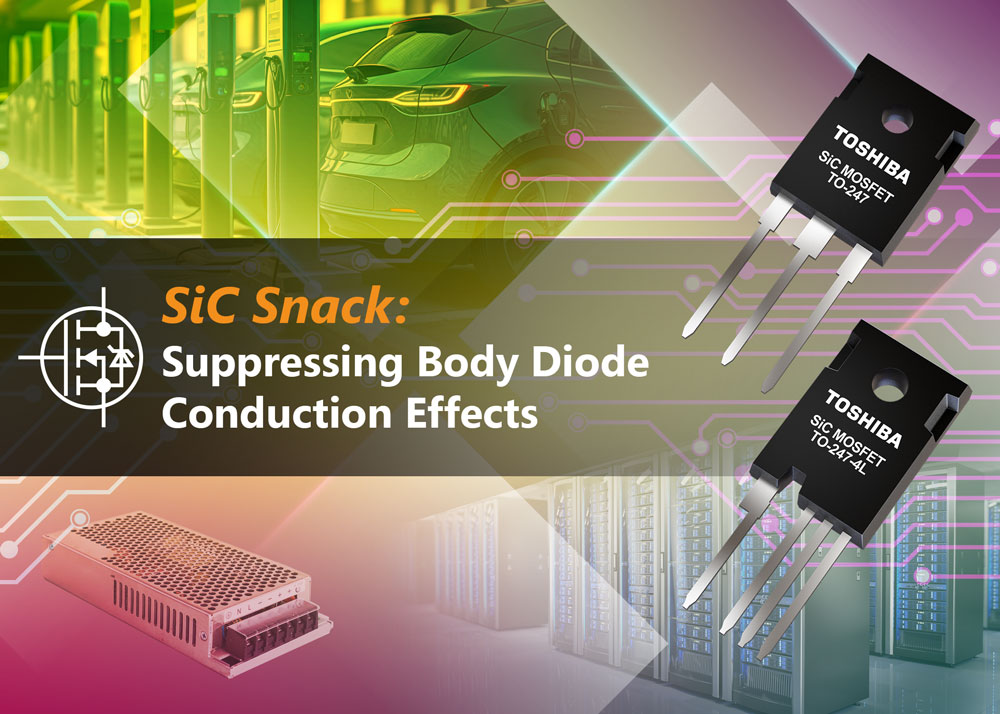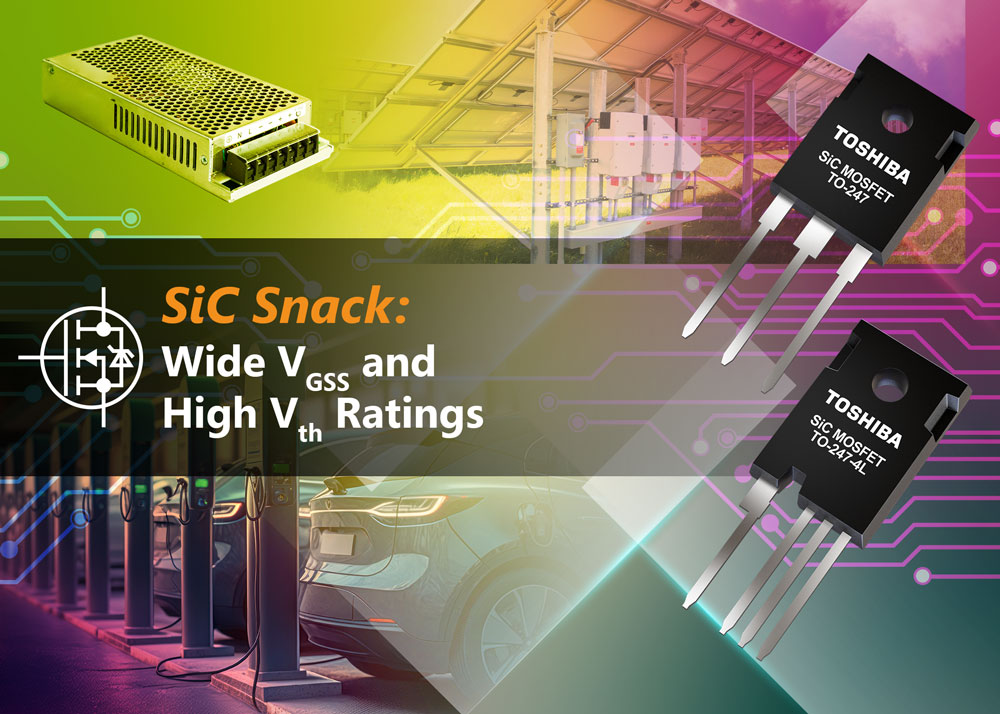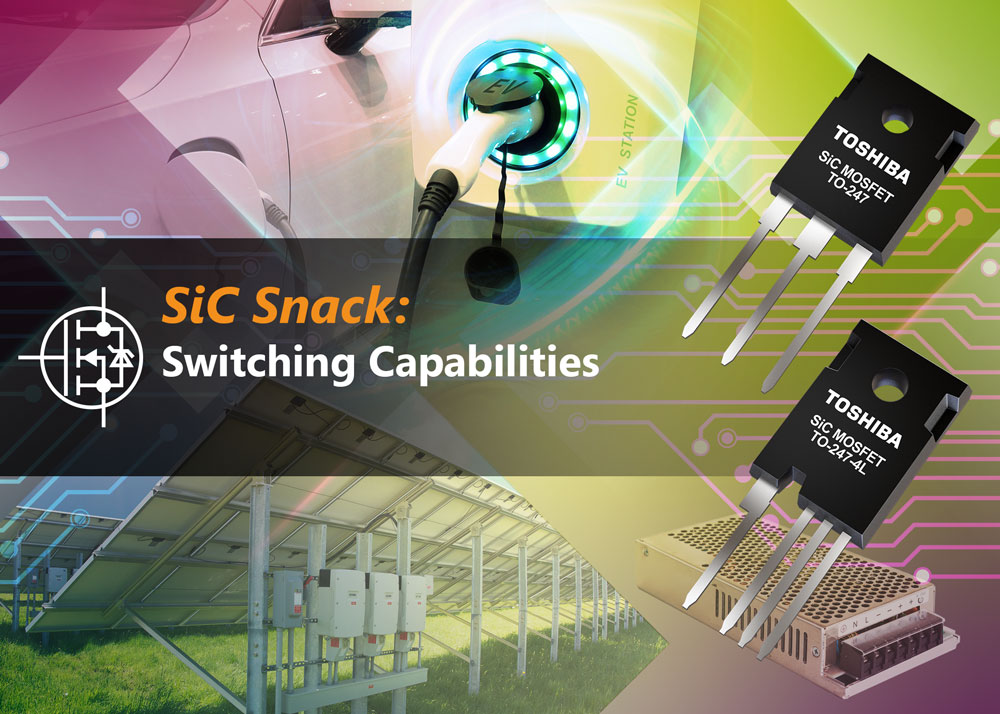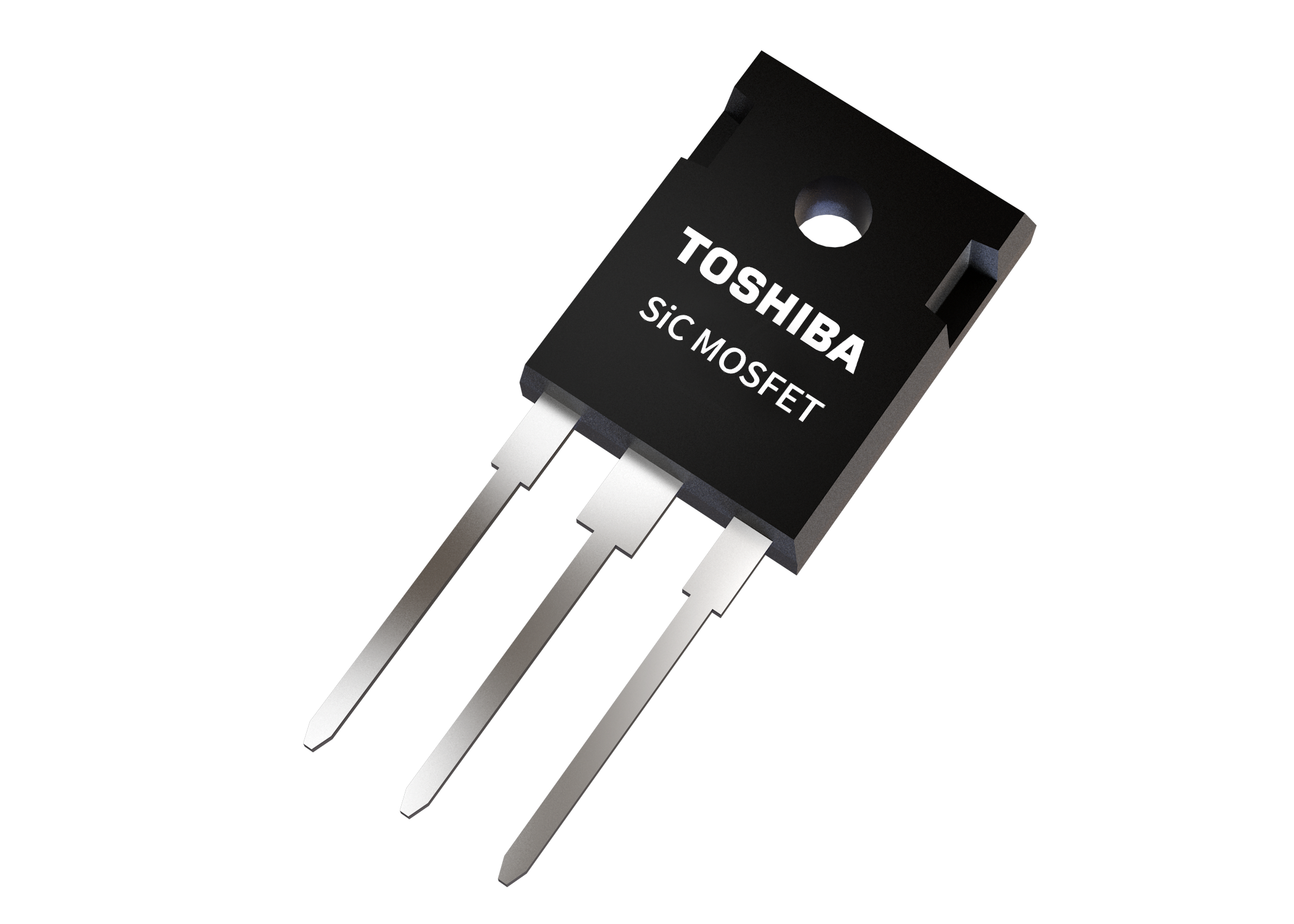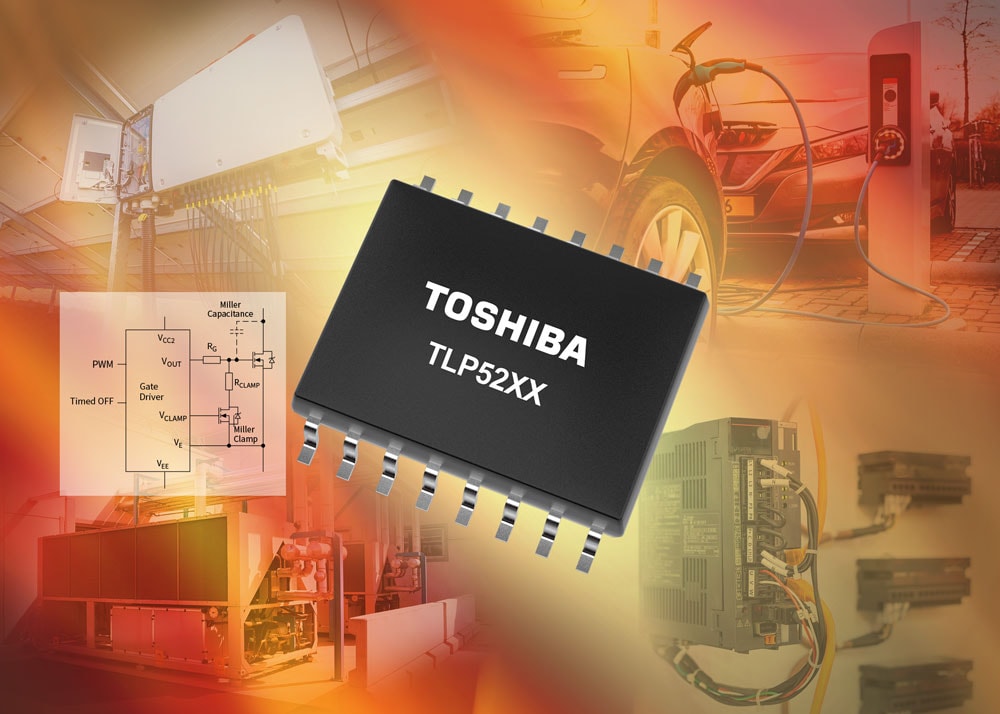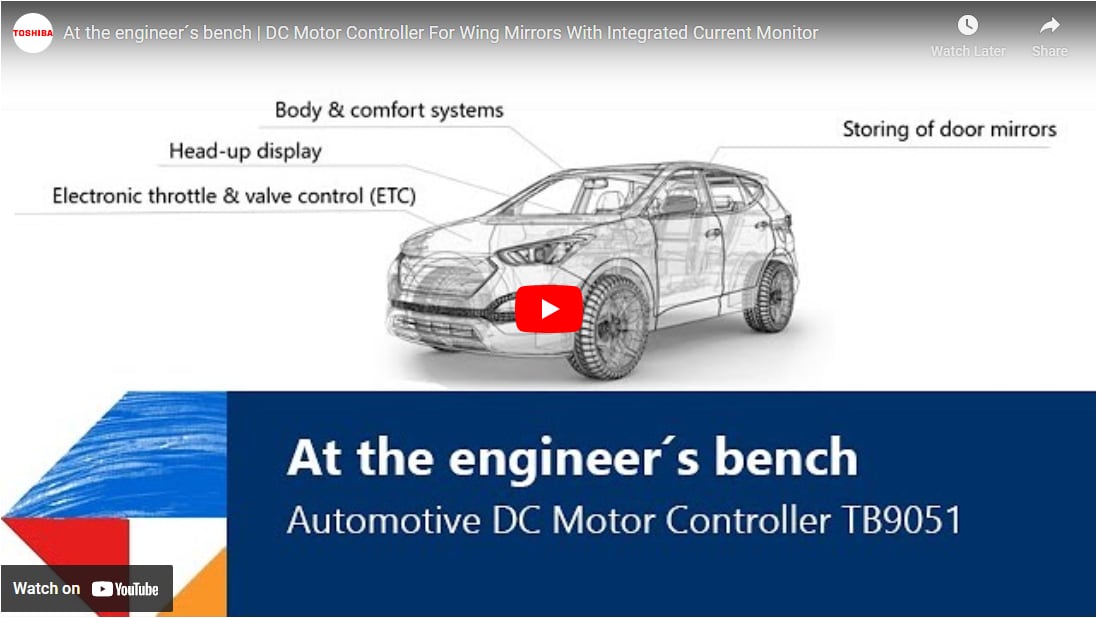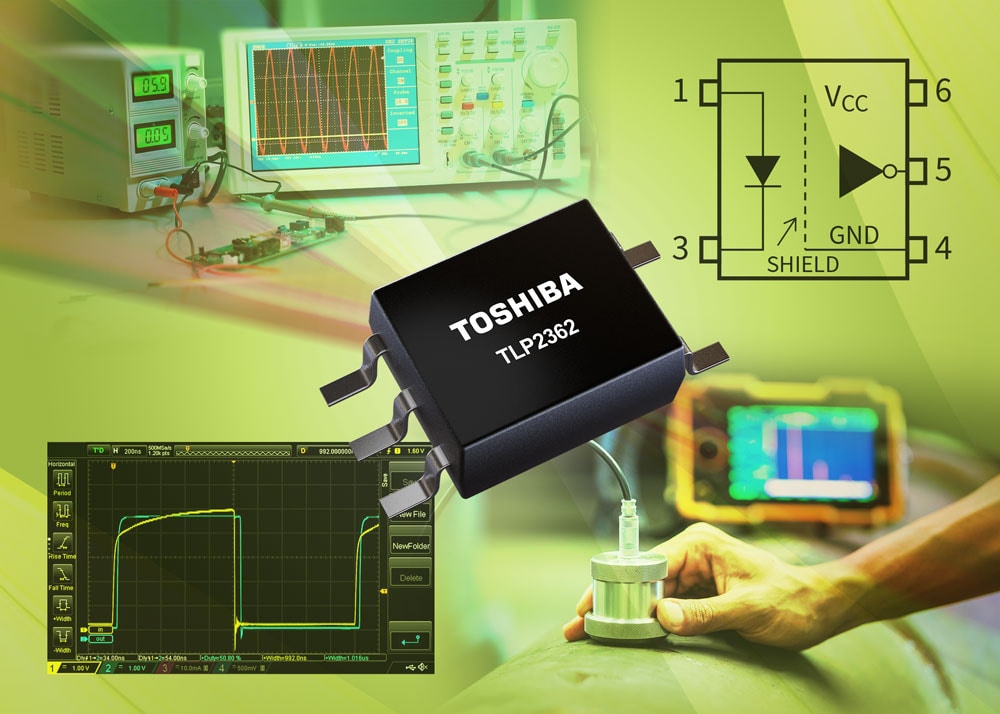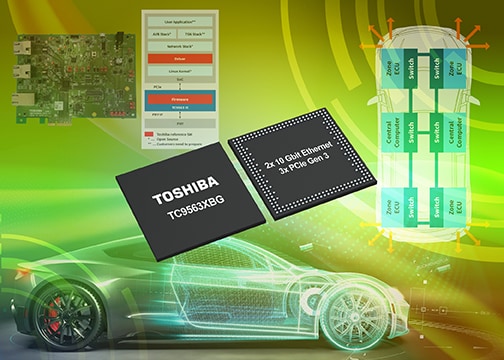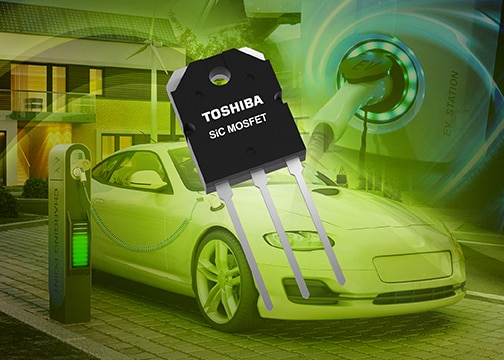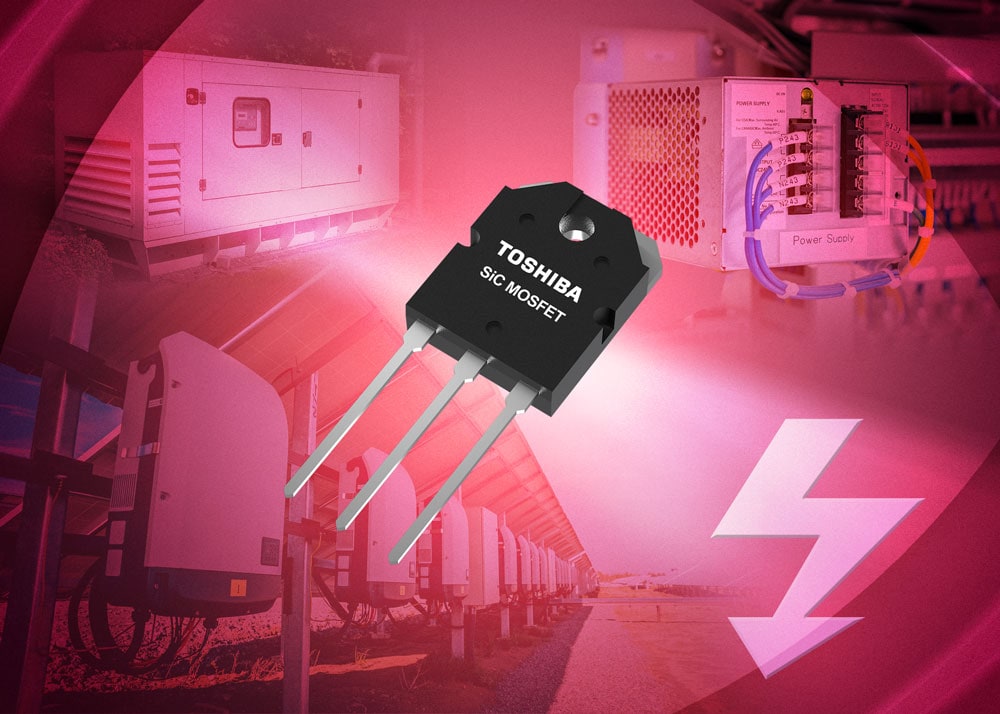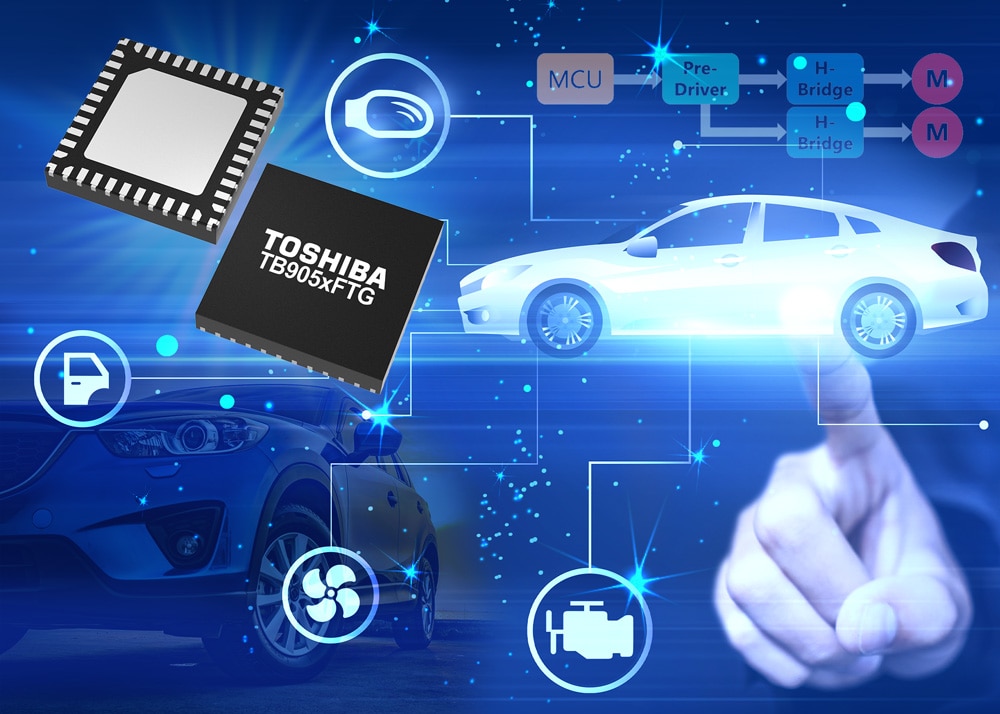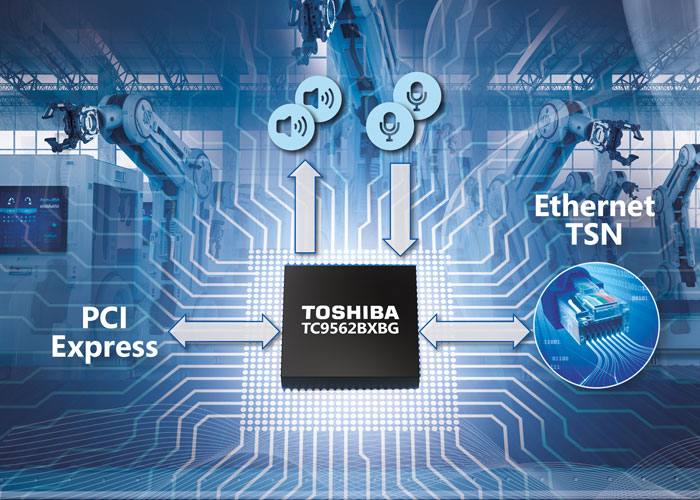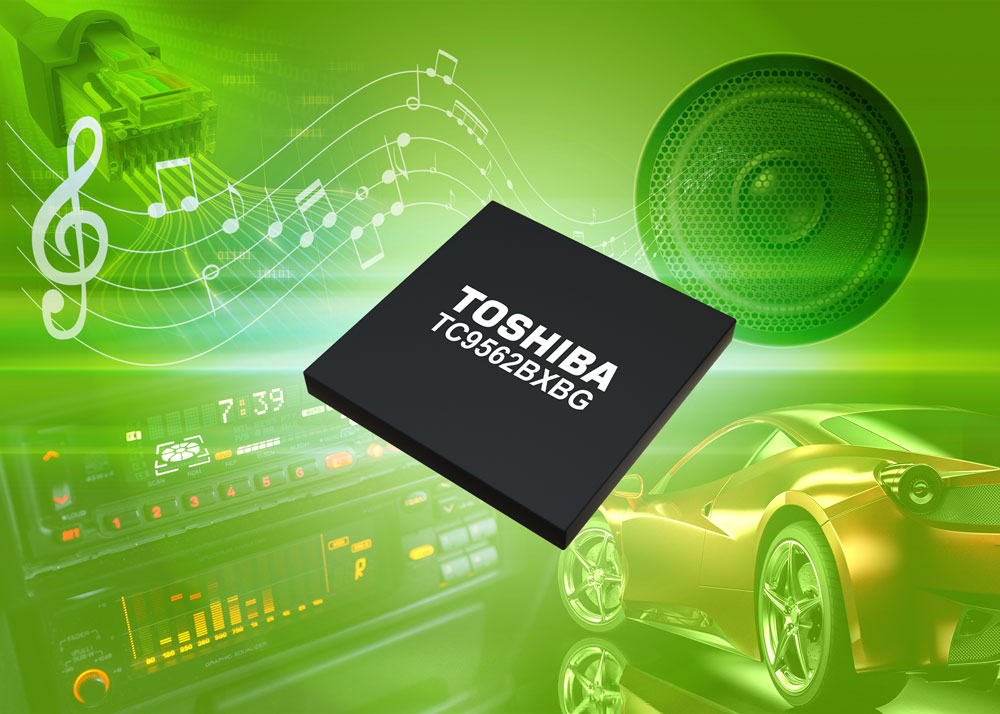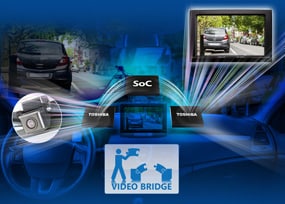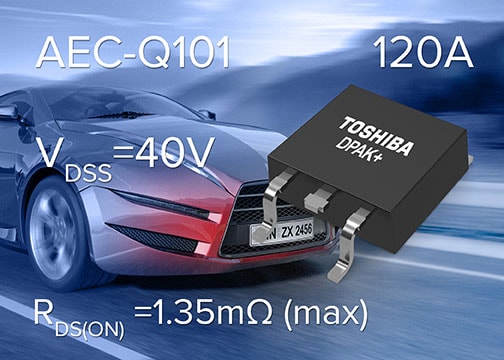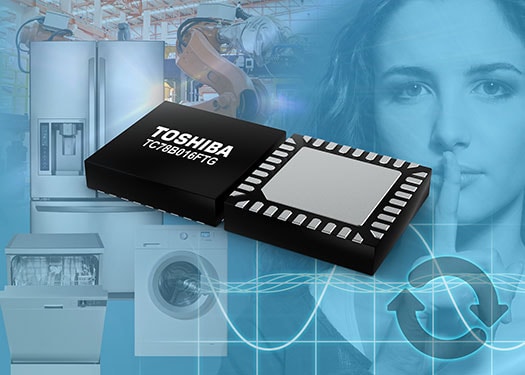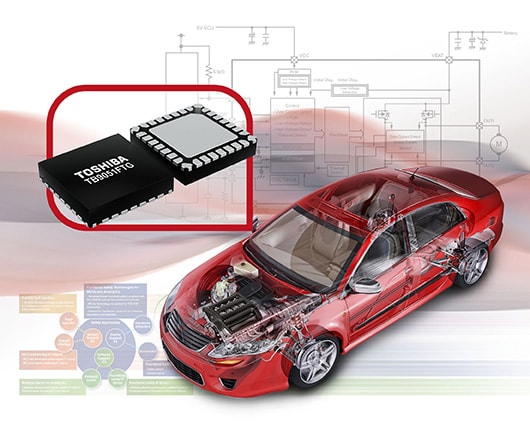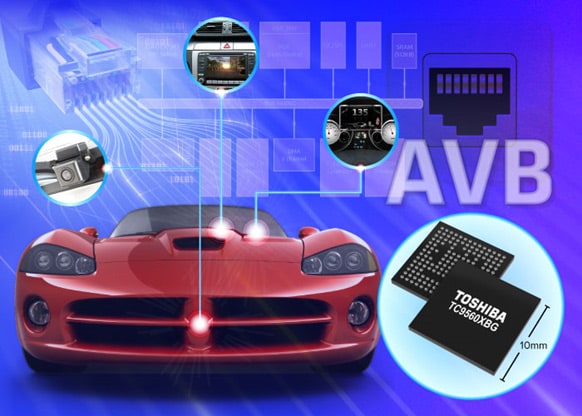- General Top
- SEMICONDUCTOR
- STORAGE
- COMPANY
-
My ToshibaSemicon
- Semiconductor Top
-
ApplicationsAutomotive
Body Electronics
xEV
In-Vehicle Infotainment
Advanced Driver-Assistance Systems (ADAS)
Chassis
IndustrialInfrastructure
BEMS/HEMS
Factory Automation
Commercial Equipment
Consumer/PersonalIoT Equipment
Healthcare
Wearable Device
Mobile
Computer Peripherals
-
ProductsAutomotive Devices
Discrete Semiconductor
Diodes
Transistors
Logic ICs
Analog Devices
Digital Devices
Wireless Devices
※
: Products list (parametric search)
Power SemiconductorsSiC Power Devices
※
: Products list (parametric search)
Isolators/Solid State RelaysPhotocouplers
Digital Isolators
Solid State Relays
Fiber Optic Transmitting Modules
※
: Products list (parametric search)
MOSFETsIGBTs/IEGTsBipolar Transistors※
: Products list (parametric search)
Diodes※
: Products list (parametric search)
MicrocontrollersMotor Driver ICsIntelligent Power ICs※
: Products list (parametric search)
Power Management ICsLinear ICs※
: Products list (parametric search)
General Purpose Logic ICsLinear Image SensorsOther Product ICsOther Product ICs
※
: Products list (parametric search)
-
Design & Development
Design & Development
Innovation Centre
At the Toshiba Innovation Centre we constantly strive to inspire you with our technologies and solutions. Discover how to place us at the heart of your innovations.
-
Knowledge
Knowledge
Highlighted Topics
Further Materials
Other
- Where To Buy
- Part Number & Keyword Search
- Cross Reference Search
- Parametric Search
- Stock Check & Purchase
This webpage doesn't work with Internet Explorer. Please use the latest version of Google Chrome, Microsoft Edge, Mozilla Firefox or Safari.
require 3 characters or more. Search for multiple part numbers fromhere.
The information presented in this cross reference is based on TOSHIBA's selection criteria and should be treated as a suggestion only. Please carefully review the latest versions of all relevant information on the TOSHIBA products, including without limitation data sheets and validate all operating parameters of the TOSHIBA products to ensure that the suggested TOSHIBA products are truly compatible with your design and application.Please note that this cross reference is based on TOSHIBA's estimate of compatibility with other manufacturers' products, based on other manufacturers' published data, at the time the data was collected.TOSHIBA is not responsible for any incorrect or incomplete information. Information is subject to change at any time without notice.
require 3 characters or more.
Time sensitive networking for automotive applications
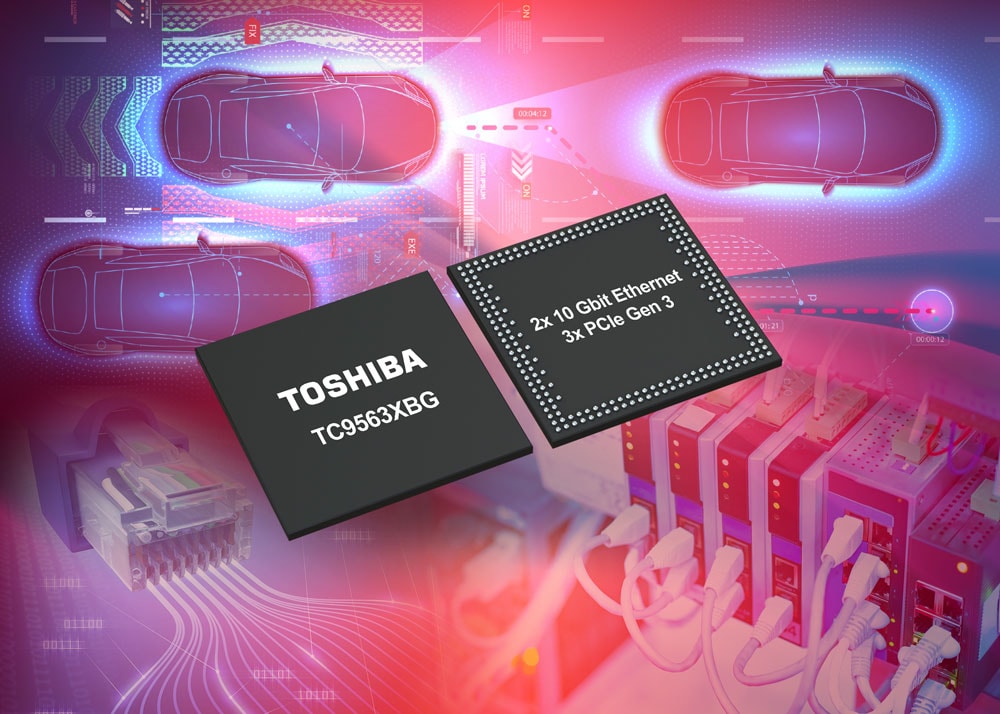
Modern automobiles have been called ‘computers on wheels’, reflecting just how technology-laden they have become. An advanced driver-assistance system (ADAS) can use multiple cameras and sensors to provide data to one or more onboard computers that use a combination of machine learning and digital signal processing to avoid obstacles, compute trajectories and make decisions. Simultaneously, within the cabin, occupants now expect to be ‘connected’ using in-car displays or smart mobile devices connected wirelessly via the vehicle’s systems.
Because of the high data rates that modern Ethernet can achieve along with the wide availability of components, the protocol is seen as the future for automotive networking to replace the older network and fieldbus technologies. This has allowed a more ‘IT-centric’ approach, leading to the rise of zonal architecture in vehicles.
However, especially for certain time sensitive safety related functions (ADAS, automated emergency braking (AEB) etc.) regular Ethernet has a significant issue. Unlike many other protocols, it is not deterministic and there is no guarantee when a packet will be transmitted, depending upon traffic levels on the backbone.
However, adapted protocols for Ethernet are able to deliver this deterministic performance. Known as Time Sensitive Networking (TSN), protocols such as IEEE 802.1AS provide support for real-time and streaming-media applications. Additionally, the Generalized Precision Time Protocol (gPTP), defines timing and synchronization for TSN Ethernet, and IEEE 802.1Qbv allows traffic to be sent according to a strict schedule.
Toshiba’s TC9562 and TC9563 Ethernet controllers offer full support for gPTP, IEEE 802.1Qav, IEEE 802.1Qbv, and other elements needed for applications where high bandwidth is a key requirement. The TC9562 provides support for 1Gbps Ethernet while the TC9563 extends the networking capability to two ports, each able to support 10Gbps. This device was designed for the increasingly demanding requirements of systems that are based on automotive zonal architectures.
Toshiba’s white paper on TSN networking for the automotive industry can be downloaded here:



